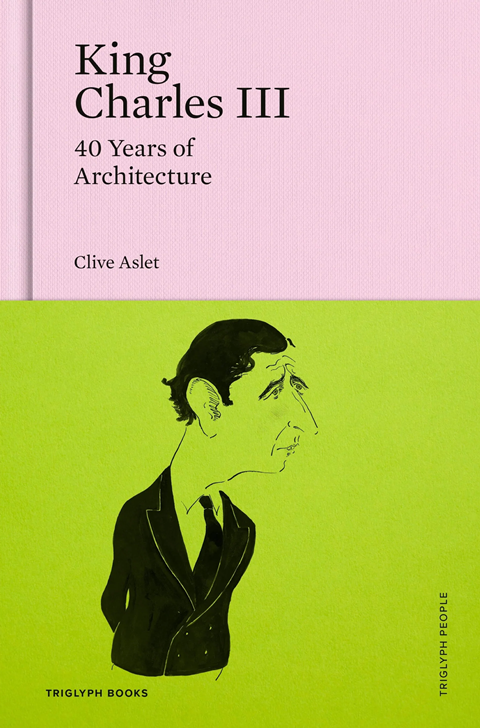Once dismissed as reactionary, many of the principles King Charles III has long advocated – including community, craftsmanship and sustainability – are now mainstream, writes Alasdair Travers in his review of Clive Aslet’s new book

Clive Aslet’s King Charles III: 40 Years of Architecture opens with the now-legendary “carbuncle” speech at Hampton Court in 1984, a moment that rocked the architectural world and set the stage for the king’s decades-long engagement with the built environment. Aslet’s narrative moves briskly, tracing Charles’s journey from outspoken prince to a figure who has left a lasting mark on British architecture.
The book revisits the Sainsbury Wing controversy, where Charles’s intervention led to the rejection of ABK’s design for the National Gallery and the selection of Venturi Scott Brown’s more contextual approach. Aslet does not dwell on the old “battle of styles”, but instead highlights how many of the ideas Charles championed, walkable neighbourhoods, sustainable farming, and the value of craft, have over the last 40 years become part of mainstream architectural thinking.
Moving on from the Hampton Court speech, Aslet takes us through a series of chapters which chart the Prince’s broadening interest and involvement in architecture. In the early years this was an alternative path to the architectural mainstream, and Aslet brings to life the architects who gathered around the prince, including John Simpson and Léon Krier, and the founding of the Prince’s Institute of Architecture.
Aslet is honest in his appraisal of Poundbury as both a success and a learning process
The institute, as described here, was a creative and sometimes chaotic hub for those seeking a hands-on involvement in traditional design. Many alumni, like Ben Pentreath, have gone on to develop their own style, influencing and inspiring others in their turn.
It was this group of people that the prince drew on for his own architectural projects, first in developing alternative plans for Paternoster Square and subsequently with the Duchy of Cornwall’s own development at Poundbury. Aslet is honest in his appraisal of Poundbury as both a success and a learning process. He describes it as providing a setting for community, with streets and squares designed for people rather than cars, and a genuine mix of tenure so that affordable and market housing sit side by side.
The joy of Aslet’s book is that he was there and is able to bring to life the colourful characters, the feel of the time…
At the same time, he acknowledges that the early phases suffered from too many ideas, while the later stages, with their more pared-back Georgian style, proved more successful. Frequently mocked for its chocolate-box facades, the lessons learned from Poundbury have informed more recent developments by the duchy, for example at Nansledan, as well as having a wider influence on the design of residential neighbourhoods.
Throughout, Aslet returns to the theme of harmony: between buildings, between people, and with the land. These values, once seen as alternative, now feel ahead of their time.
Today, architects talk about community, wellbeing and sustainability as fundamental to good design. The old battle of the styles has now softened, with both sides becoming more accepting, and good design is what matters, whatever style it wears.
What stands out most to me is Charles’s conviction. He genuinely believes that architecture can make life better, and he is willing to get involved to prove it.
This same belief is there in all of the best contemporary architecture, most recently illustrated in Witherford Watson Mann’s Appleby Blue Almshouse. I would imagine that this is exactly the type of building the King would enjoy and that would resonate with his values.
The joy of Aslet’s book is that he was there and is able to bring to life the colourful characters, the feel of the time, and the often quirky and charming details which bring warmth and humanity to the story. King Charles III: 40 Years of Architecture is more than a history lesson. It is a reminder that architecture is about people, places and the courage to imagine something better, even if it means ruffling a few architects’ feathers along the way.
Postscript
King Charles III: 40 Years of Architecture, by Clive Aslet, is published by Triglyph Books.
Alasdair Travers is a design partner at Purcell
















No comments yet